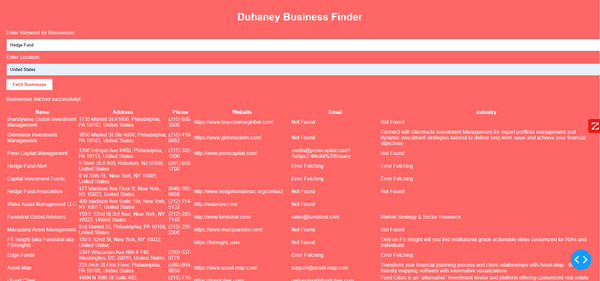Try it for Now - Limited time
smartsecretai
Introduction:
The Use Case of Resource Allocation Optimization aims to streamline and automate data center resources' distribution and scaling to optimize their performance for varying workloads. Such a use case is pivotal for businesses heavily depending on data centers, assisting them in achieving enhanced resource utilization and cost-effectiveness. This guide elaborates on the steps, tools, and tips required for successfully realizing this use case by leveraging the functionalities offered by Control-M.
Detailed Steps:
Step 1: Identifying Resource Requirements
The initial step involves understanding the resource demands of the business. It's about discerning workload patterns, peak usage periods, and the resource prerequisites for different tasks. This knowledge plays a crucial role in forming rules and policies for dynamic resource allocation.
Step 2: Formulating Resource Allocation Rules
Employ the information gathered in the first step to construct rules and policies for dynamic resource allocation. It can comprise setting limits for resource usage, identifying tasks with higher priority, and determining the maximum and minimum resources allowed for allocation.
Step 3: Configuring Control-M for Dynamic Resource Allocation
Following that, configure Control-M to enable dynamic resource allocation. This process involves setting up resource clusters and assigning resources to them adhering to the rules and policies defined in the previous step.
Step 4: Automating Workload Scheduling
Control-M facilitates workload scheduling automation based on the preset resource allocation rules. This automation ensures that resources are allocated and scaled timely, responding to the demands of different tasks.
Step 5: Monitoring and Analyzing Resource Usage
Regular monitoring and analysis of resource usage are critical to affirm the effectiveness of the defined rules and policies. With Control-M's real-time monitoring and reporting capabilities, adaptations to the resource allocation rules can be made promptly whenever necessary.
Script Creation:
A script that automates the steps mentioned above can simplify the process considerably. This script can be customized in accordance with the specific requirements of the business and can be scheduled to run at regular intervals.
Tools and Resources:
The principal tool needed for this use case is Control-M, a workload automation software. In addition, resource usage monitoring and analysis might require employing additional monitoring and reporting tools. Control-M facilitates integration with various monitoring tools, including Splunk and AppDynamics.
Troubleshooting and Tips:
Common potential hurdles during the implementation of this use case include misconfigured resource allocation rules and a shortage of resources for certain tasks. To mitigate these issues, it's important to periodically review and update the rules and policies. Also, it's advisable to commence with a conservative resource allocation approach, gradually adjusting it based on actual resource demands.
Conclusion and Summary:
Use Case Name: Resource Allocation Optimization proves vital for businesses aiming to optimize resource usage and enhance cost-efficiency. With the aid of the steps outlined in this guide and leveraging Control-M's capabilities, resource allocation for varying workloads can be automated and optimized. This will not only augment the efficiency of your data center but will also help reduce expenses.
Applying Use Case Name: Resource Allocation Optimization:
The outcome of this use case - optimized resource allocation - can be practically applied and harnessed by businesses depending on data centers. Automation ensures that resources are used effectively and efficiently, leading to improved performance and cost savings. The use case also benefits businesses with fluctuating workloads because it allows dynamic resource allocation. By executing this use case, businesses can gain a competitive market advantage by optimizing resource usage and minimizing costs.
SMARTGENIUSHUB | Your AI Partner in Business
Smartgeniusai
Smartemailai
Smartlingai
Smartemail multiverse
Smartpredictai
Smartcostingai
Smarttelehealth
smartResumeboost
Smartbusinessfunding
Smartparableoftruth

